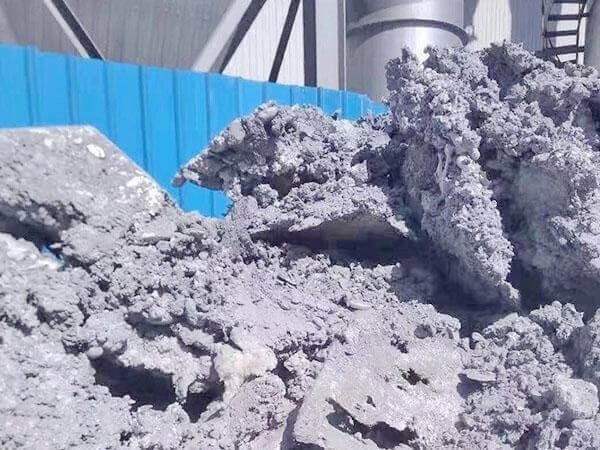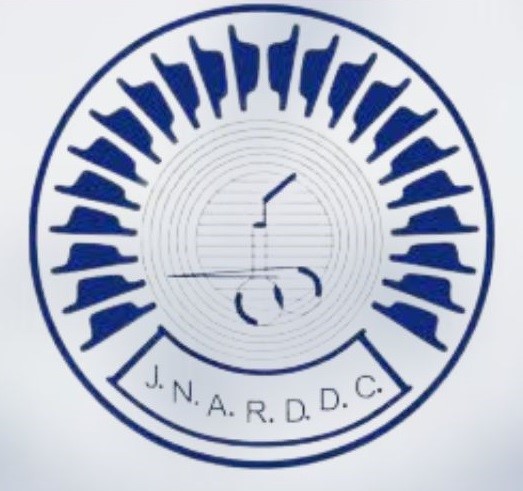

The Jawaharlal Nehru Aluminium Research Development and Design Centre (JNARDDC), Nagpur, has created Poly Aluminium Chloride (PAC) from aluminium dross, a step towards achieving zero waste in the aluminium industrial sector. PAC can be used in water treatment facilities to treat wastewater. Dross, a hazardous waste product of the aluminium industry, may now be recycled using JNARDDC's technology to produce PAC.

“The smelting process in the primary aluminium industry generates around 2% to 5% of dross, which is a complete waste. Similarly, in the secondary processing industry, it increases by 5% to 10%, which is again disposed off in landfills,” said Dr Upendra Singh, Senior Principal Scientist and Principal Investigator of the project.
According to Dr Anupam Agnihotri, Director of JNARDDC, the Ministry of Mines' current agenda item within the circular economy is a zero waste management strategy by zero discharge to stimulate the utilisation of various waste and increase sustainability in the aluminium industry. Up to 50 per cent of the roughly three million tonnes of aluminium dross produced globally and the about 2 lakh tonnes produced in India each year are still thought to be disposed of in landfills.

“Aluminium dross is process reject designated as waste and one of the least exciting and unattractive aspects of the aluminium manufacturing process. Dross should be seen as an opportunity and a valuable resource that can be exploited if managed correctly within the primary industry and secondary dross processor’s end. JNARDDC has successfully completed a bench scale study to extract PAC from dross. With this process, we can reuse the hazardous waste into an essential chemical, which is required in the water treatment industry,” said Dr Agnihotri.
JNARDDC recently ran a one-day showcase session to show the procedure to the stakeholders so that primary and secondary dross producers might investigate commercial-level upscaling. The workshop was attended by many industry representatives from primary aluminium producers, secondary dross processors, and PAC makers. Secondary processors are interested in the method and eager to learn the PAC process.
“So far, we are getting the PAC for the water treatment industry from bauxite, which is an expensive way to get it. JNARDDC is the first institute in the country that got success in extracting PAC from dross. This technology will help to reuse the aluminium waste into a useful chemical, which is the need of the hour in the current scenario,” added Dr Singh.
Responses








